Garden Planning + Seed Starting Dates for Zone 5 Growers
Planning out our garden for ultimate productivity and helping to maximize growth is always a huge priority for me. This guide & list are helpful to staying on track with important seed starting dates for zone 5 growers.
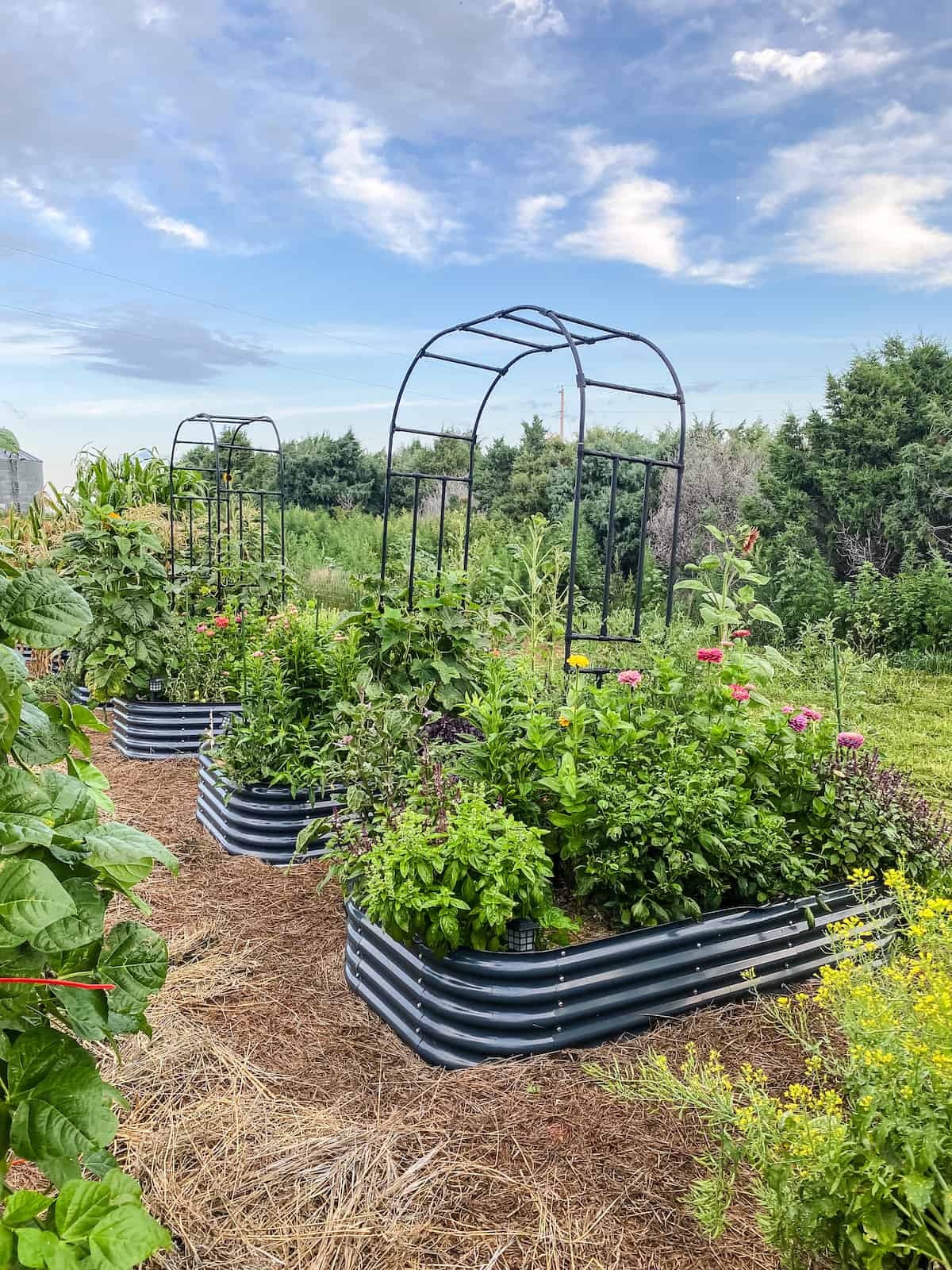
This post has been updated from its original publish date of December 29, 2017. It has been updated to provide better photos, additional helpful information and step by step instructions.
It may seem like the hustle and bustle of the summer is a distant memory. And even though the cold of winter is brutal, I’m talking below zero brutal. It doesn’t slow most of us homesteaders down.
Currently we are busy playing catch up with indoor & outdoor projects, and planning our homestead goals for the new year. Oh, and we are also in the middle of our kidding season. Which will be followed by calving. And then long hours outdoors gardening.
The cycle never ends.
But this crazy homestead life is worth it all.

How to Plan a Garden in Zone 5
We have a medium growing season and these dates will vary slightly. One huge lesson that I’ve learned during my time in Nebraska is that the weather can be unpredictable. So, its always important to pay attention to weather updates.
I took my chances last year and started our garden a little early. You know what happened, we got a totally random snow storm in the middle of May! It wasn’t a complete loss, but I should have been more patient and waited a bit.

How I plan the garden year
At the beginning of each year, I print off blank calendar pages for the entire year. Then I sit down to plan with my garden journal, my seed inventory, all of those beautiful seed catalogs that came in the mail, pen and the printed calendar pages.
Nearly everything you need is listed on the back of those seed packages!
From here, I sit down and plan what is going in which raised bed and when to start the seeds.

I mark the the last and first frost dates on the blank calendar sheets and count backwards for when to start our spring & summer gardens. I do this again for the fall garden once I have gotten our summer garden established.
Where to buy seeds
Our top choice for garden seeds is High Mowing Organic Seeds (which we are now almost exclusively using). We’ve had so much success with this company and will continue to recommend them to all!
We have also shopped at a few places like Botanical Interests, Seed Savers, Baker Creek, Johnny’s, and Siskiyou with a lot of success over the years. So they’re definitely solid choices as well.
In this post, I shared some of our favorite varieties of plants that we have grown.
Updated: because some of you have asked! For my garden journal, I’m using a simple Moleskine Notebook (XXL, Dotted, Black Hard Cover in size 8.5 x 11)
On average in hardiness zone 5 our last/first frost dates are:
Last Frost Date: May 15
Want to save this?
First Frost Date: October 15
And remember, these dates shared in this post are averages. They can fluctuate slightly based on the weather.
Soil temperatures can also effect seed starting and sometimes there’s still snow on the ground during the recommended transplant dates. Use this guide as a reference or planning tool.
Not sure of your hardiness zone? Click here to find out!
In order for me to stay organized, I break my plans down by what I can seed start indoors and what I can direct sow in my garden.
I’ve included both summer and fall garden start dates in this post.

Seed starting in February
Asparagus — Seed start: early February – end of March. Transplant: early – mid May, as long as the ground can be worked.
Celery — Seed start: mid – end February. Transplant: end of April – early May.
Eggplant — Seed start: end February. Transplant: mid – end of May.
Onions — Seed start: end February – early March. Transplant: early March – early May.
Peppers — Seed start: end February – early March. Transplant: mid – end May.
Scallions — Seed start: end February – early March. Transplant: mid – end of May.
Seed starting in March
Broccoli — Seed start: mid March – early April. Transplant: end April – mid May.
Brussel Sprouts — Seed start: early March – early April. Transplant: mid April – mid May.
Cabbage — Seed start: early March – early April. Transplant: mid April – mid May.
Cauliflower — Seed start: early March – early April. Transplant: mid April – mid May.
Lettuce — Seed start: early March – early April. Transplant: early April – mid May.
Tomatillos — Seed start: early – mid March. Transplant: early – late May.
Tomatoes — Seed start: early – mid March. Transplant early – late May.

Seed starting in July
Broccoli — Seed start: early July – mid August. Transplant: early September – early October.
Brussel Sprouts — Seed start: early July – mid August. Transplant: early September – early October.
Cabbage — Seed start: early July – mid August. Transplant: early September – early October.
Cauliflower — Seed start: early July – mid August. Transplant: early September – early October.
Seed starting in August
Lettuce — Seed start: early August – mid September. Transplant early September.
Direct garden sowing in zone 5
Whether its a summer or fall garden, these varieties thrive best when they’re started outdoors or directly sown after that last frost date.

Direct sowing in March
Kale — Direct sow: late March – early May.
Potatoes – Plant end of March – mid May.
Direct sowing in April
Carrots — Direct sow: mid April – mid July.
Microgreens — Direct sow: early April – mid May.
Peas — Direct sow: early April – mid May.
Radish — Direct sow: early April – mid May.
Spinach — Direct sow: early April – end May.
Swiss chard — Direct sow: mid April – mid July.
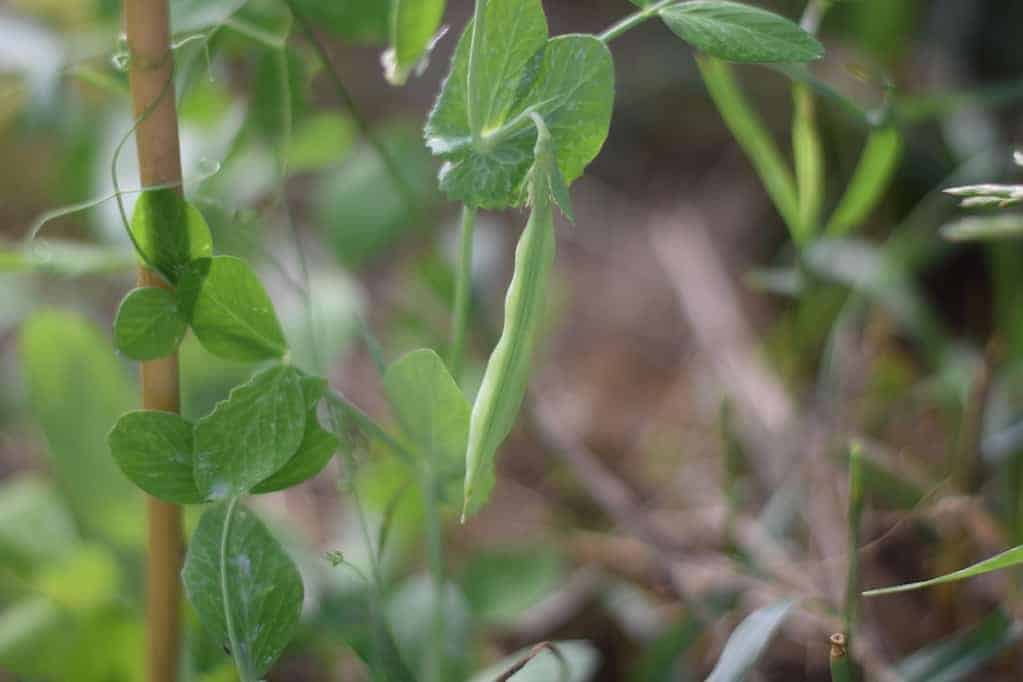
Direct sowing in May
Beans — Direct sow: mid May – early June.
Beets — Direct sow: mid May – early June.
Cantaloupe — Direct sow: mid May – early June.
Corn — Direct sow: early May – early June.
Cucumbers — Direct sow: mid May – mid June.
Gourds — Direct sow: mid May – mid June.
Melons — Direct sow: mid May – mid June.
Pumpkins — Direct sow: mid May – mid June.
Squash — Direct sow: mid May – early July.
Sweet Potatoes — Direct sow: mid May – mid June.
Watermelon – Direct sow: mid May – mid June.
Direct sowing in June
Okra — Direct sow: early June – early July.
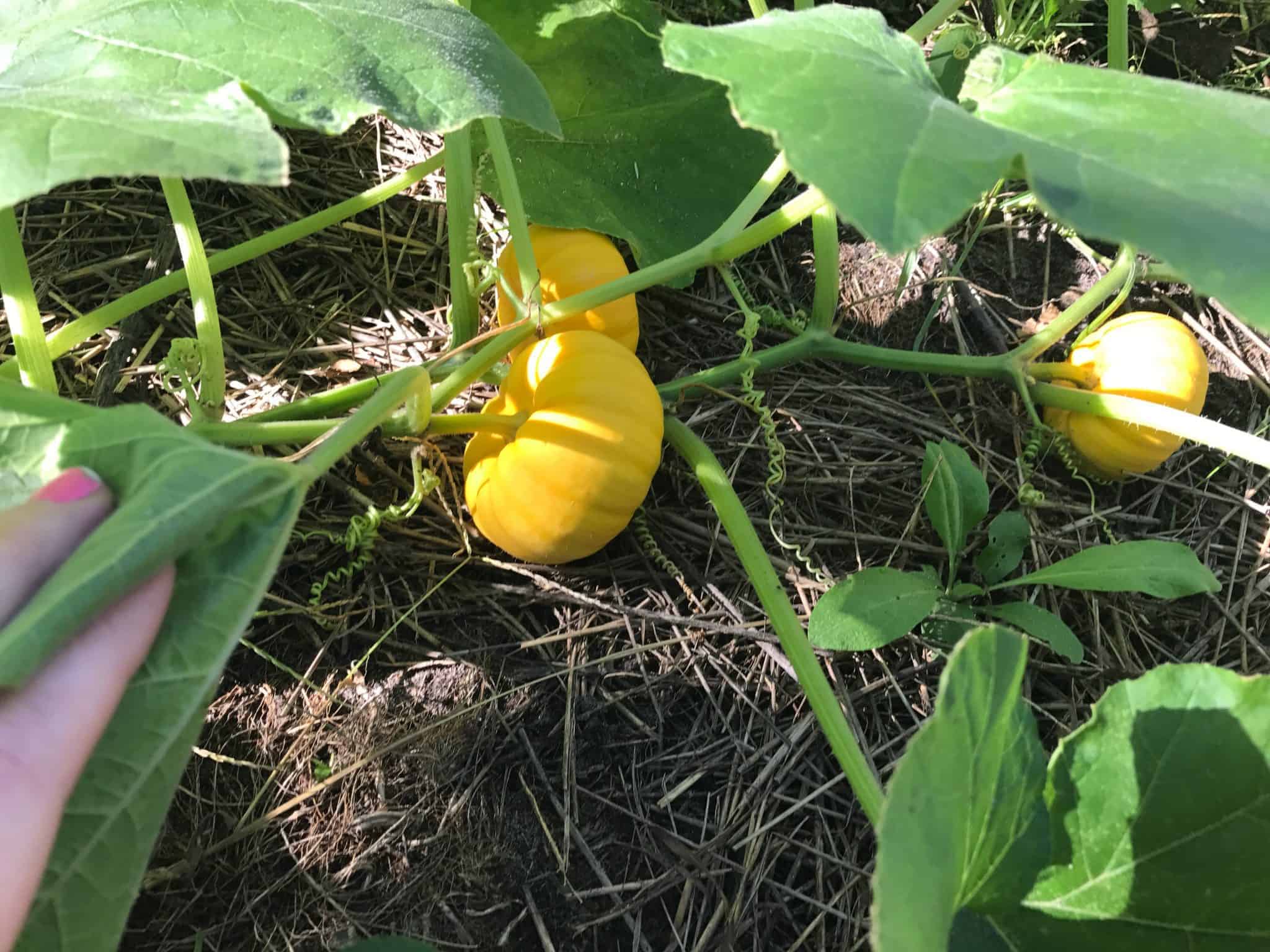
Direct sowing in August
Beets — Direct sow: early August – mid September.
Carrots — Direct sow: early August – mid September.
Kale — Direct sow: early – mid August.
Leeks — Direct sow: early August – mid September.
Micro greens — Direct sow: early August – mid September.
Radish — Direct sow: early August – mid September.
Direct sowing in September
Garlic — Direct sow: early September – early October.
Succesion Planting
These vegetables are perfect for succession planting. By staggering planting or planting again after harvesting, you can set yourself up for bountiful crops all throughout the season.
Remember to check how long they take from planting til harvest to make sure you have enough time to continue succession growing through the season.
- Beans
- Beets
- Carrots
- Corn
- Cucumbers
- Leeks
- Lettuce
- Spinach
- Watermelon (try smaller varieties if later in the season)
- Radishes
- Greens
- Swiss chard
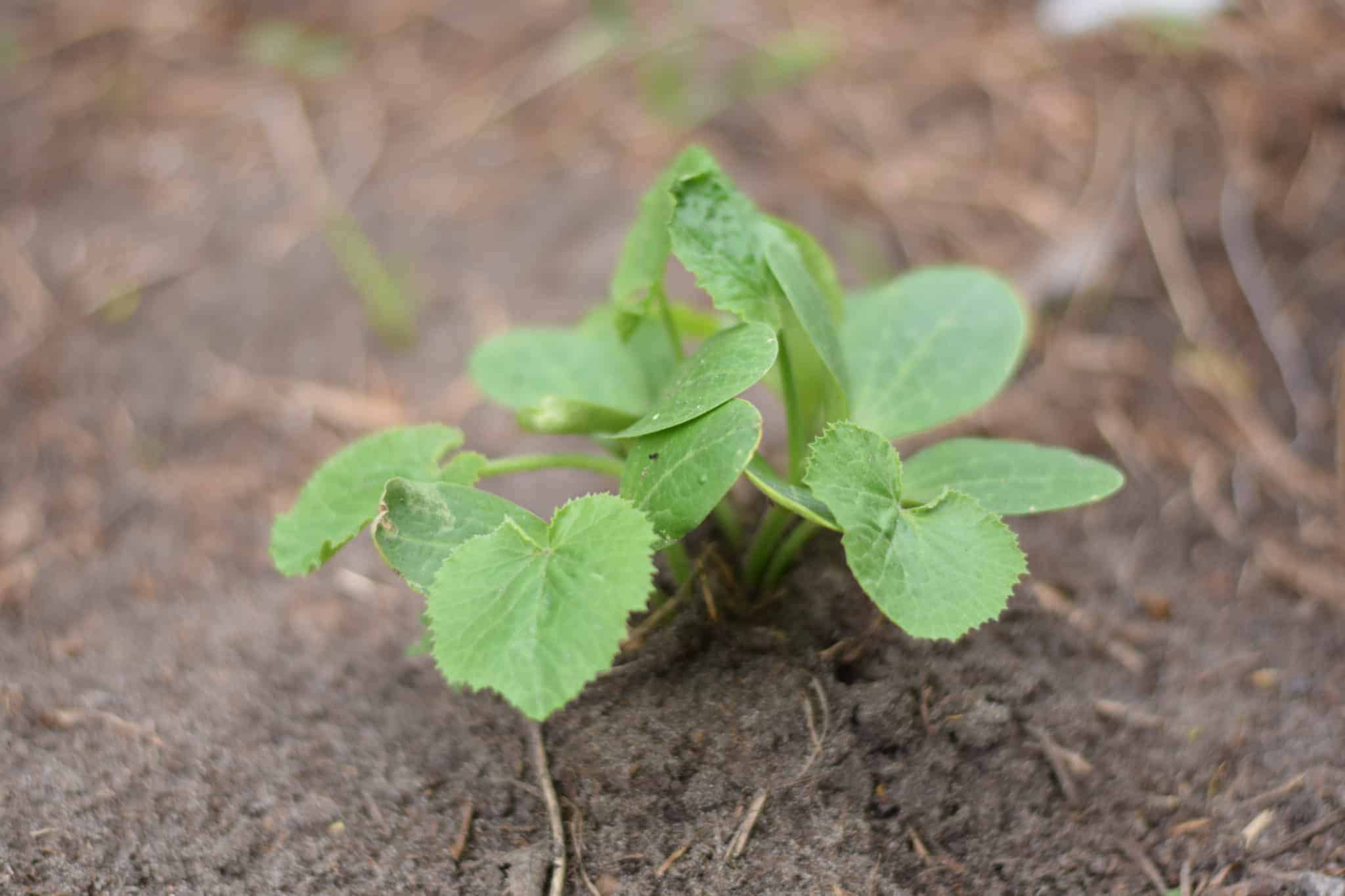
Looking for more garden inspiration? Here’s a few of our favorite garden posts that we think you’ll love too!
- raised bed garden tour (2023 season)
- creating a cut flower garden in raised beds
- metal raised bed review
- filling raised garden beds

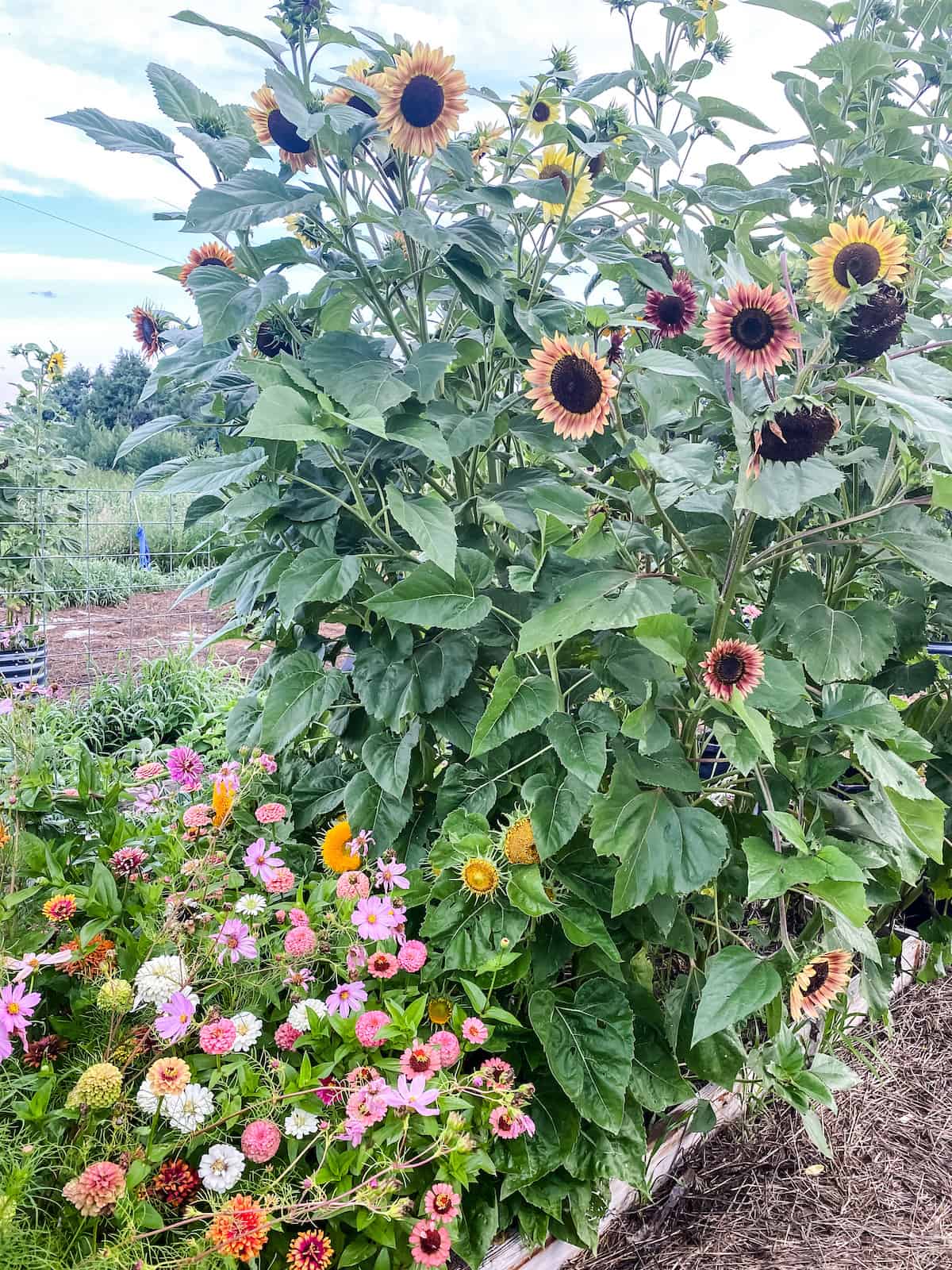
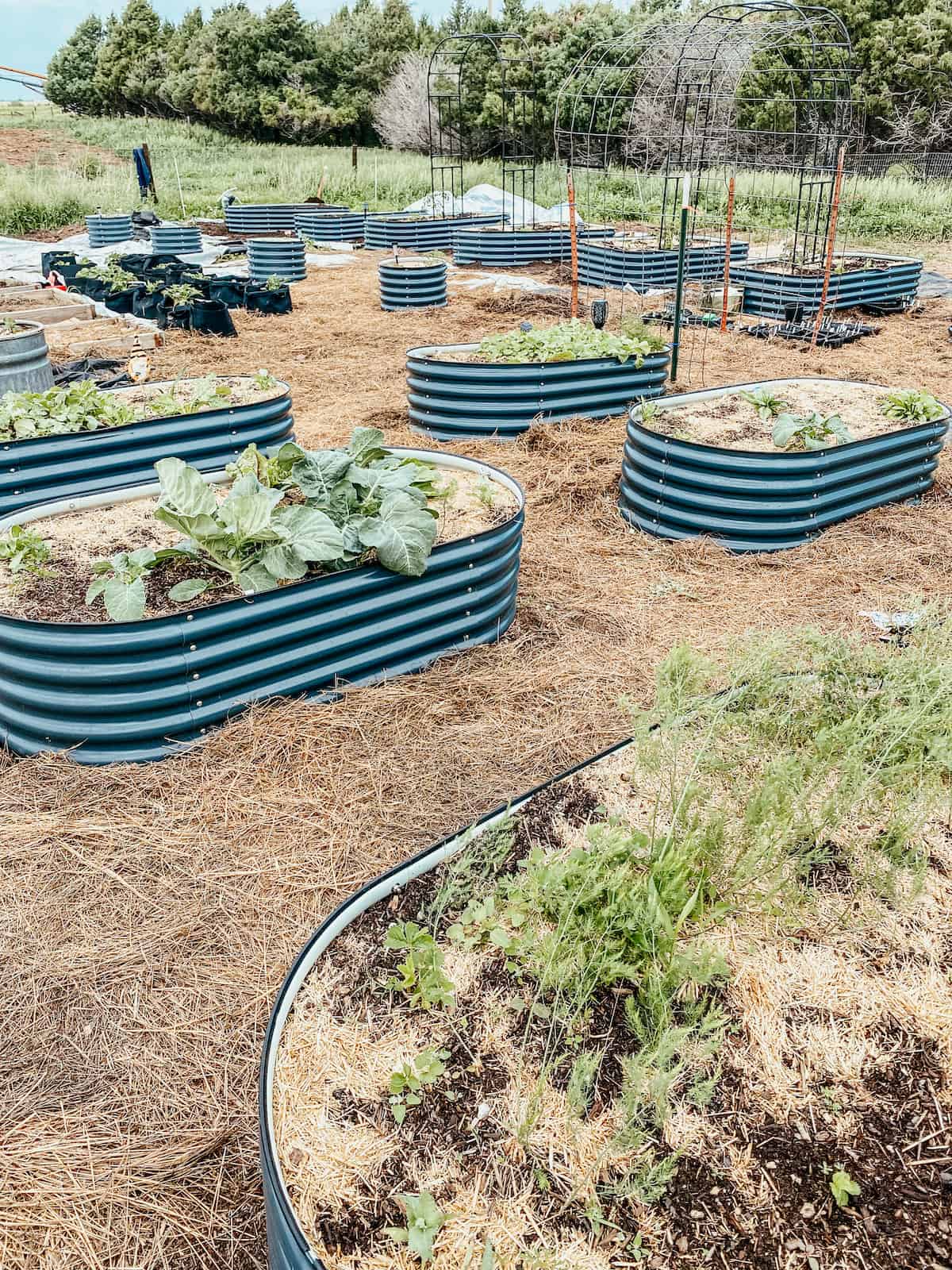


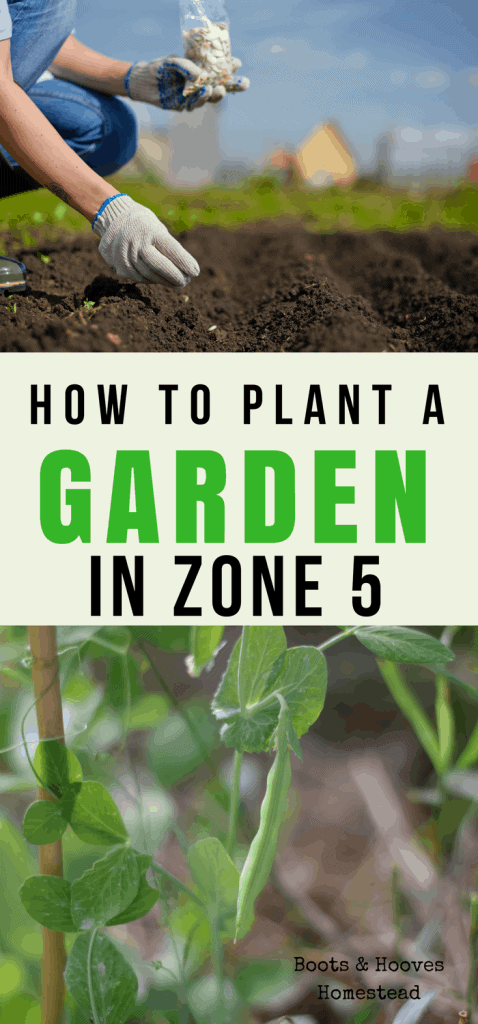
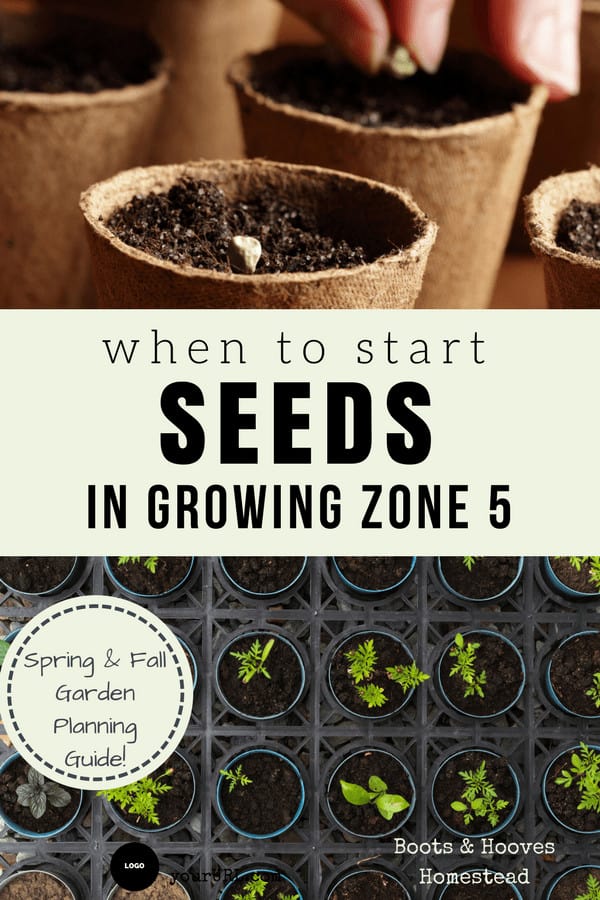
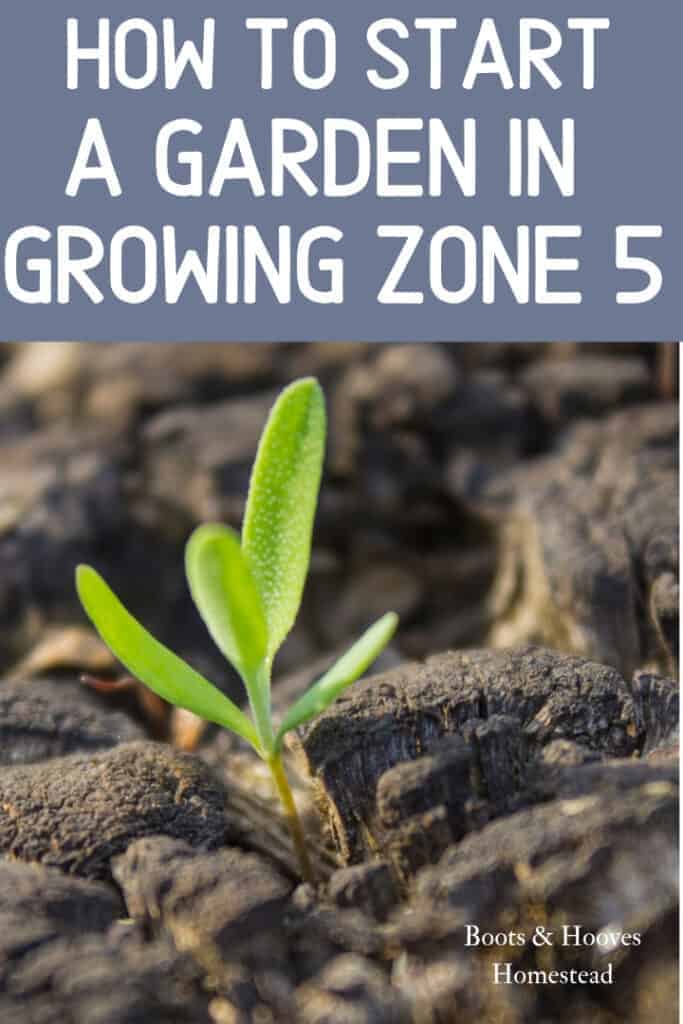
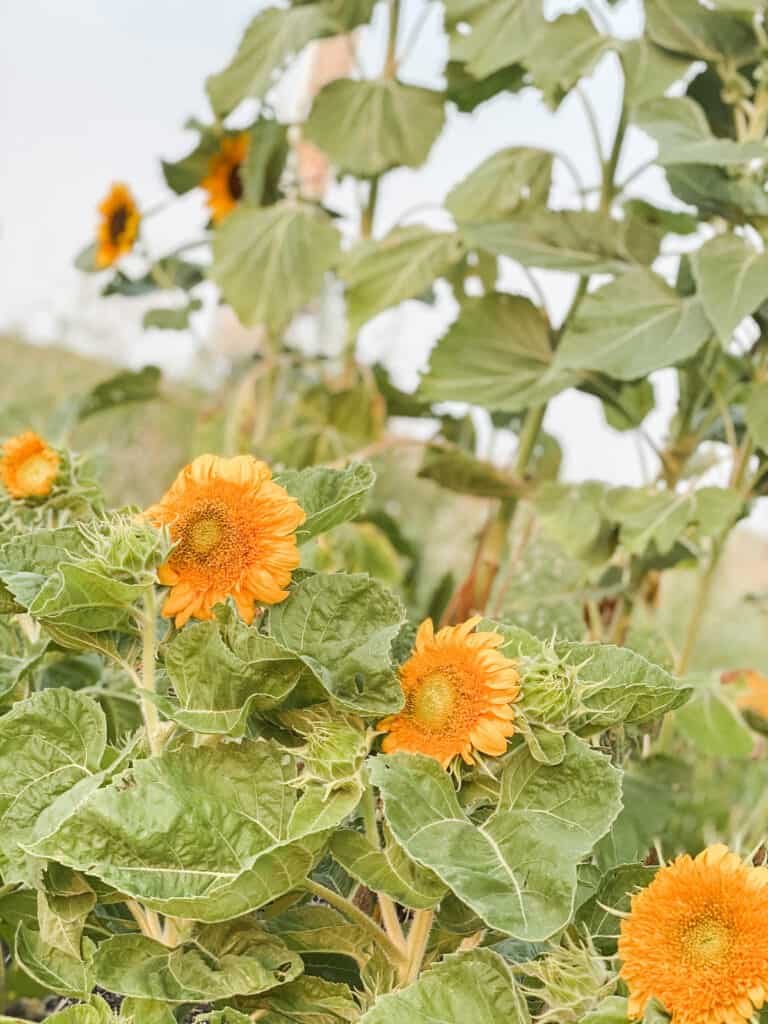
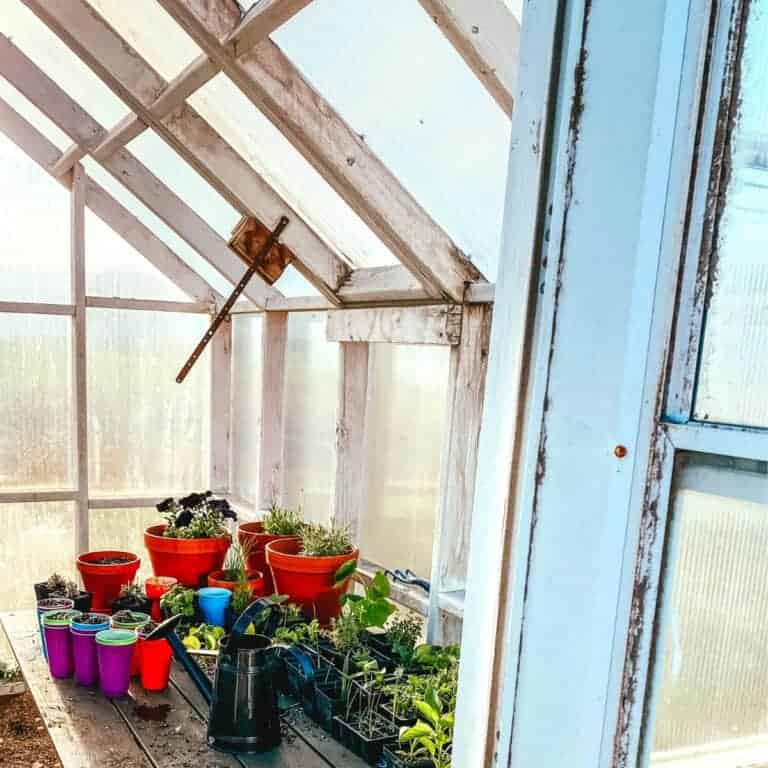
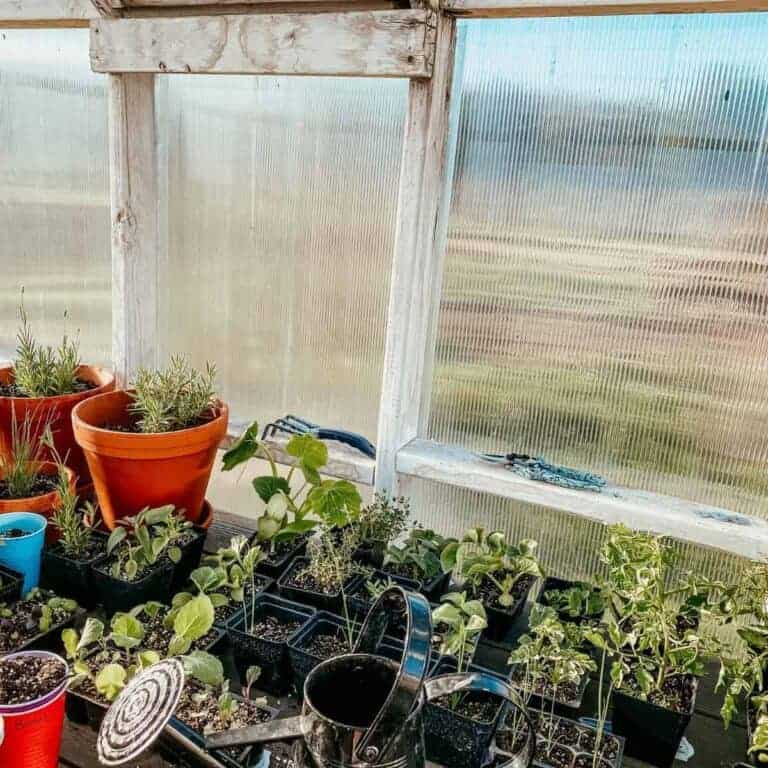
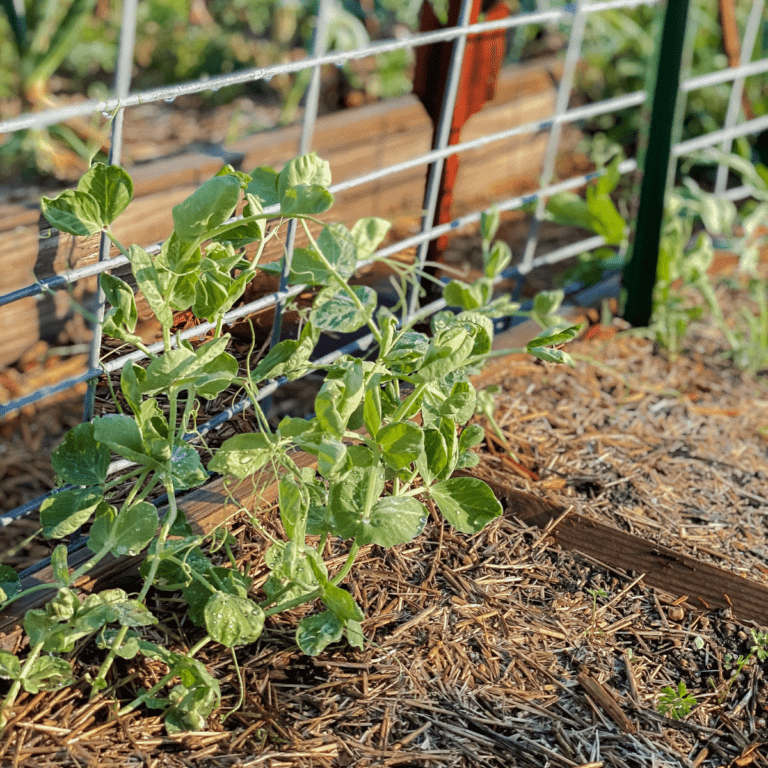
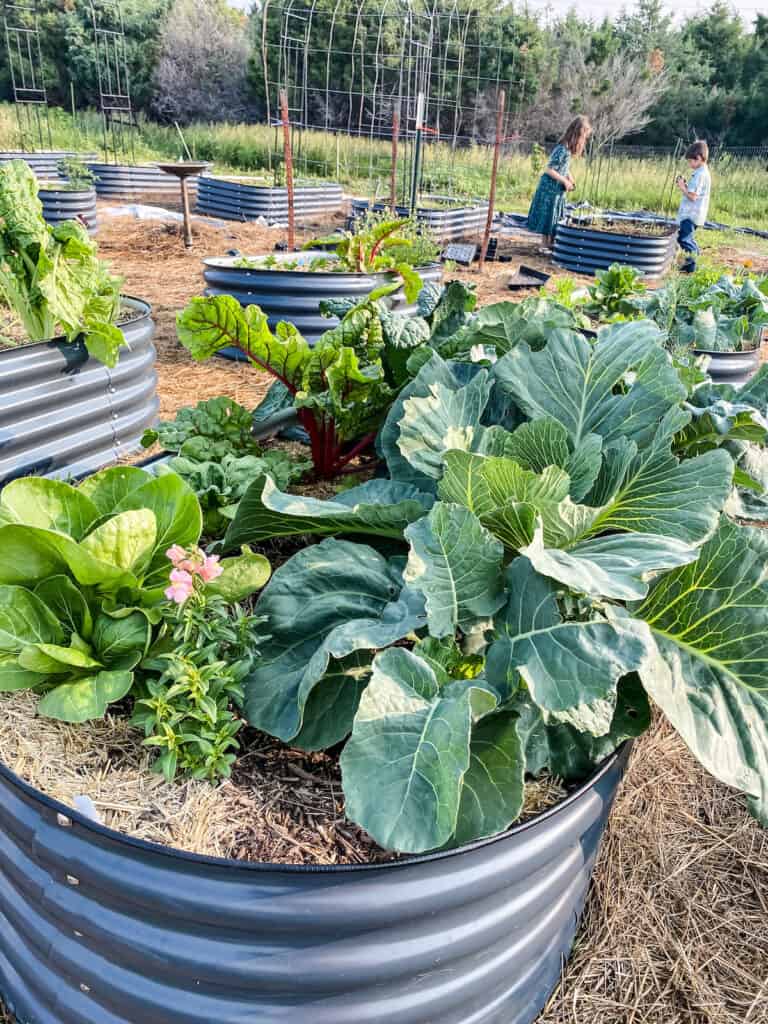
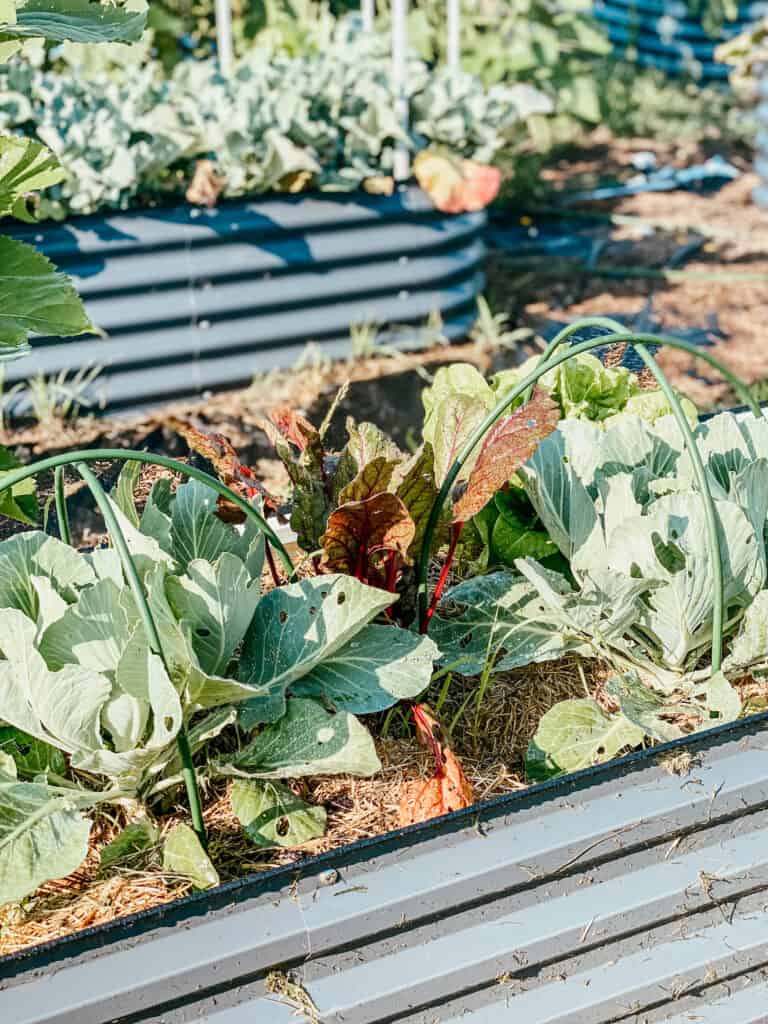
Nice Site
I live in Nebraska too and have potager, raised, mounds, guild gardens. Fruit trees and grapes. A hilly tiered yard and very matures maple and walnut trees. To say the least I try and try again and am constantly adjusting. I’ve wanted to blog my passion for growing and permaculture. Haven’t yet but glad you are!! I hope you still are.
Thank you so much for sharing! 🙂